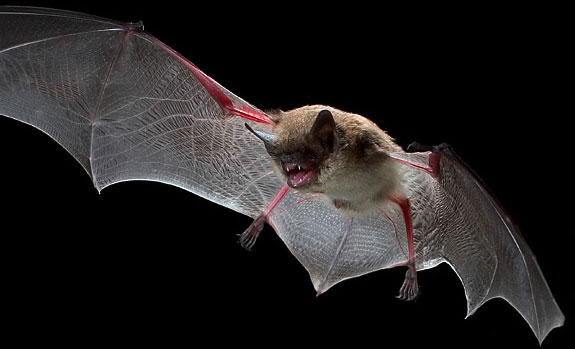Brain size have decided to intelligence?
Evolution is largely not controlled by the brain. The most common criterion for assessing animal intelligence, the relationship between brain size and body size, may not be the criterion for evaluating evolution as previously thought.
Previously, scientists often used the relationship between the size of the brain and the body size to predict the intelligence of animals. For example, although the human brain is not the largest brain in the animal world in size and mass, it is particularly large compared to our average body mass.
Today, a study was conducted by a team of scientists at UCL, Konstanz University, and Max Planck Institute of Bird Research (University of Konstanz, and the Max Planck Institute of Ornithology) that discovered that The relationship between the two features is controlled by different evolutionary mechanisms in different animals.

Researchers have found that the most important factors in determining brain size are usually the evolutionary pressure on body size, and not brain size. For example, the evolutionary history of bats suggests that they have decreased body size much faster than reducing brain size, leading to an increase in relative brain size. As a result, tiny bats have been able to improve their flying ability while maintaining the strength of the brain in search of food in the environment.
This suggests that, relative brain size cannot be used to accurately predict intelligence. This study is published in the Proceedings of the National Academy of Sciences.
Dr. Jeroen Smaers (UCL Anthropology and Genetics UCL, Evolution & Environment - UCL Anthropology and UCL Genetics, Evolution & Environment), the lead author of the study said: " When using the link between jacks Brain size and body size as a measure of intelligence, always assume that this standard is governed by changes in brain size, but now there is a problem of termites. The relationship between changes in the brain and body size of animals is much more complex than previously assumed. "
"Changes in body size often occur independently of changes in brain size and vice versa. Furthermore, the nature of independent changes in the brain and body size is different in groups. different animals ".
Researchers at UCL have collected data on the brain and body mass of hundreds of current and extinct bats, predators and primates.
They then charted the evolution of the brain and body size for each species. Over millions of years, most animals increase their body size faster than the brain size, except for bats.
The research is supported by the Natural Environment Research Council (NERC).
- The length of the intestine determines intelligence?
- People with big brains will be smarter, remember longer?
- Big brains are not necessarily synonymous with intelligence
- Scientists suspect the link between herd and intelligent intelligence in predators
- Do you believe men's brains are really bigger than women?
- Explaining the phenomenon of human brain developing large size
- People are wiser or 'stupid'?
- From worm intelligence to human intellect
- Intelligence index does not relate to brain volume
- The ambition to create artificial brains works faster than the human brain
- Eastern friends thanks to the size of large almond nodules
- Discover the brain's imaginary origins
 Green tea cleans teeth better than mouthwash?
Green tea cleans teeth better than mouthwash? Death kiss: This is why you should not let anyone kiss your baby's lips
Death kiss: This is why you should not let anyone kiss your baby's lips What is salmonellosis?
What is salmonellosis? Caution should be exercised when using aloe vera through eating and drinking
Caution should be exercised when using aloe vera through eating and drinking New discovery in dogs points to paradox in nature
New discovery in dogs points to paradox in nature  The largest land mammal that ever lived was Paraceratherium - How big was it really?
The largest land mammal that ever lived was Paraceratherium - How big was it really?  List of sea snakes with extremely strong venom in Vietnam
List of sea snakes with extremely strong venom in Vietnam  Predatory 'king' of the Japanese sea: The body is 'big', dominating at a depth of 2,000 meters of water
Predatory 'king' of the Japanese sea: The body is 'big', dominating at a depth of 2,000 meters of water  The truth that makes the scientific world semi-credible: Prehistoric rats were as big as today's horses?
The truth that makes the scientific world semi-credible: Prehistoric rats were as big as today's horses?  The cutest little animals in the world
The cutest little animals in the world 